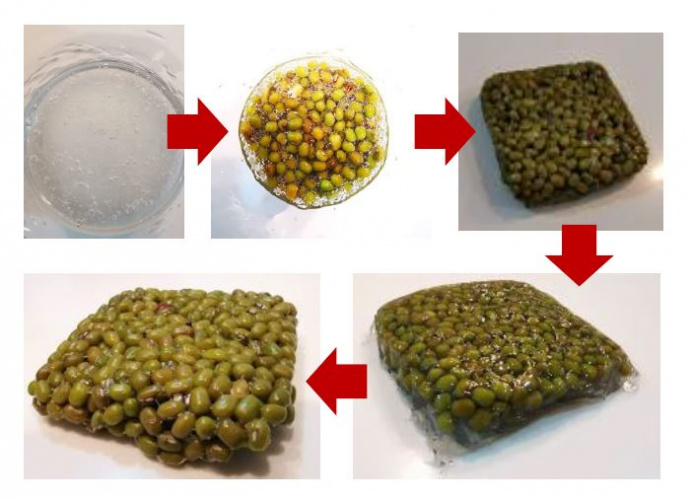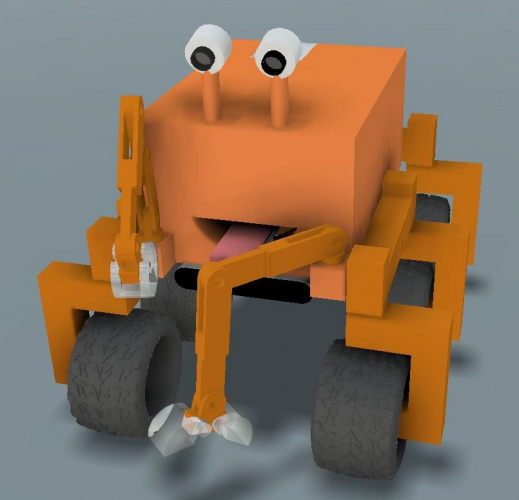
Partnering with Greenpeace and GreenSeas Trust, the IET set two very different challenges, looking at reusable packaging in supermarkets and tackling the trillions of cigarette butts currently in our waters. For the first challenge, Team NanoMalaysia made up of PhD students Ivan Ling (27), Pauline Phoon Bao Lee (28), Tan Chin Joo (28) and Ong Chong Cheen (27) developed a new approach to food packaging called PICAS block, which provides an alternative for packing dried, loose food products. Using carrageenan and starch to create dissolvable food blocks, the team hopes to significantly reduce the amount of plastic waste from supermarkets.
“We’re extremely honoured to be chosen as the winner for this prestigious award,” said NanoMalaysia project leader, Ivan Ling, who works at the University of Southampton Malaysia. “We never thought a small team like ours would have the chance to travel to the UK – it’s very exciting. We plan to develop the PICAS block further and hope to have it commercialised in the near future.”
The second Save our Seas challenge saw Team Baywatchers from Oxfordshire develop a crab-like robot concept, KRABB-E, designed to collect cigarette-butts from UK beaches. Made up of Helena Livesey (25), Jonathon Witty (24), George Fulton (23), and Alexander Morgan (25), the team hopes KRABB-E could help clean up the trillions of cigarettes that are estimated to currently be in our waters.

“We wanted to enter as we thought the challenge could have a real positive and global impact and we’re delighted to have won!” said Baywatchers team member Helena Livesey, a mechanical design engineer at the UK Atomic Energy Authority. “We were quite surprised but glad all of our hard work has paid off.
“Engineering and technology is so vital to help tackle environmental change – we can use it to fix problems that we’ve already caused – like with the use of KRABB-E – but also to monitor and inform new technologies, helping to change behaviours and how we interact with our environment.”




Poll: Should the UK’s railways be renationalised?
I think that a network inclusive of the vehicles on it would make sense. However it remains to be seen if there is any plan for it to be for the...